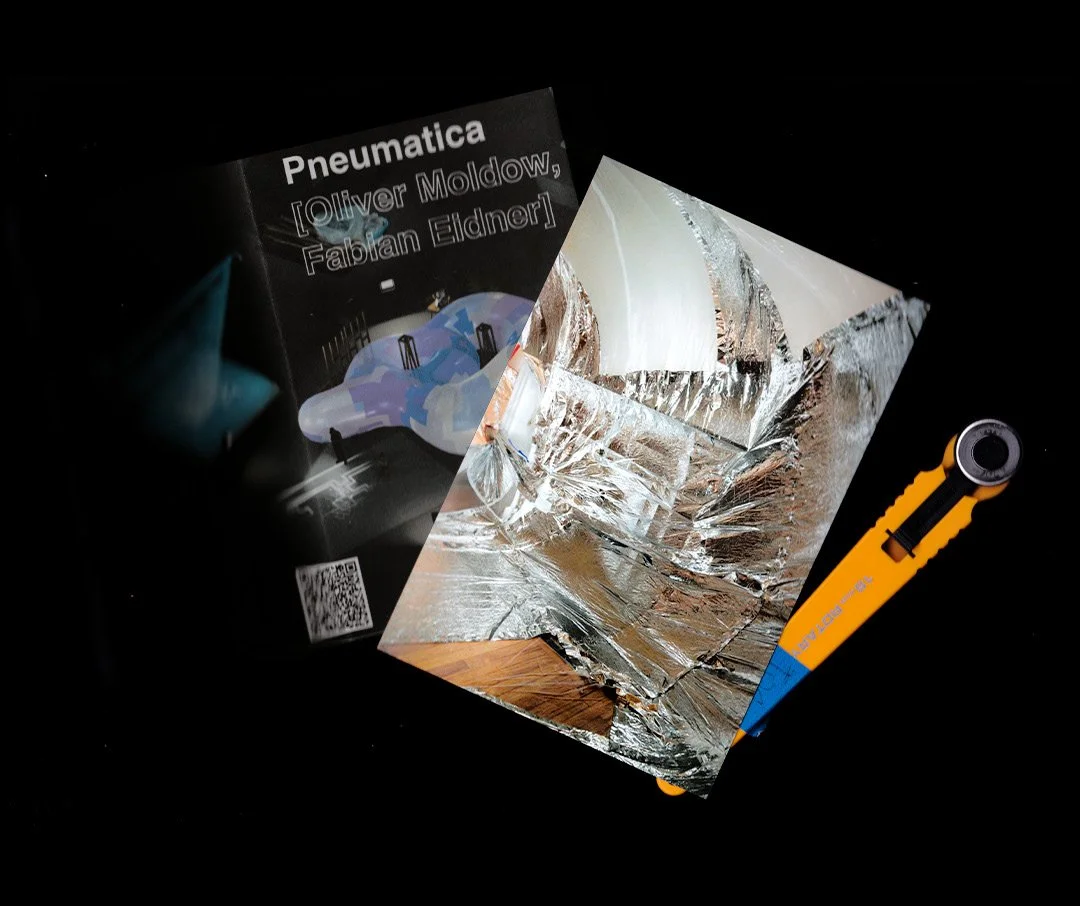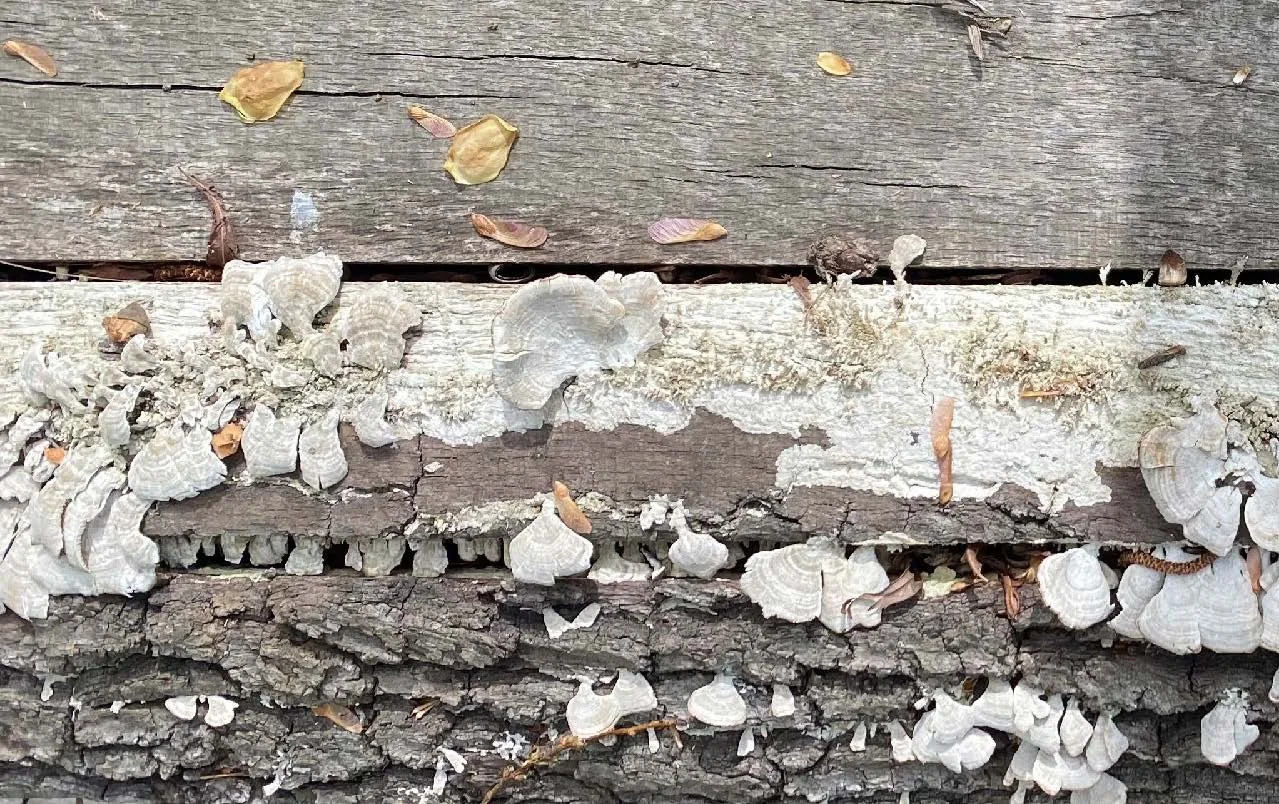Issue 13: Super Trivial Mega Small Extra Common Ultra Boring The built environment accounts for 40% of carbon emissions and the most sustainable building is, arguably, an existing building. Many architects emphasize adaptation and acts of care rather than new construction, working with patina, ephemera and action. Whimsical form making seems ostentatious, if not irresponsible, as we face climactic and humanitarian crises. Amidst our media saturated lives and the crushing complexities of globalization we seek comfort in the emotive, haptic, warmth of the local, and poetics of the everyday. The 13th issue of Room One Thousand considers the beauty of intimate projects that succeed in beating the odds and touch our hearts - the bricolage, hacks and appropriation often lost or overlooked that become protagonists for change. This year we celebrate the small acts of care, love and empathy that might have significant environmental or social impact when felt at scale.




